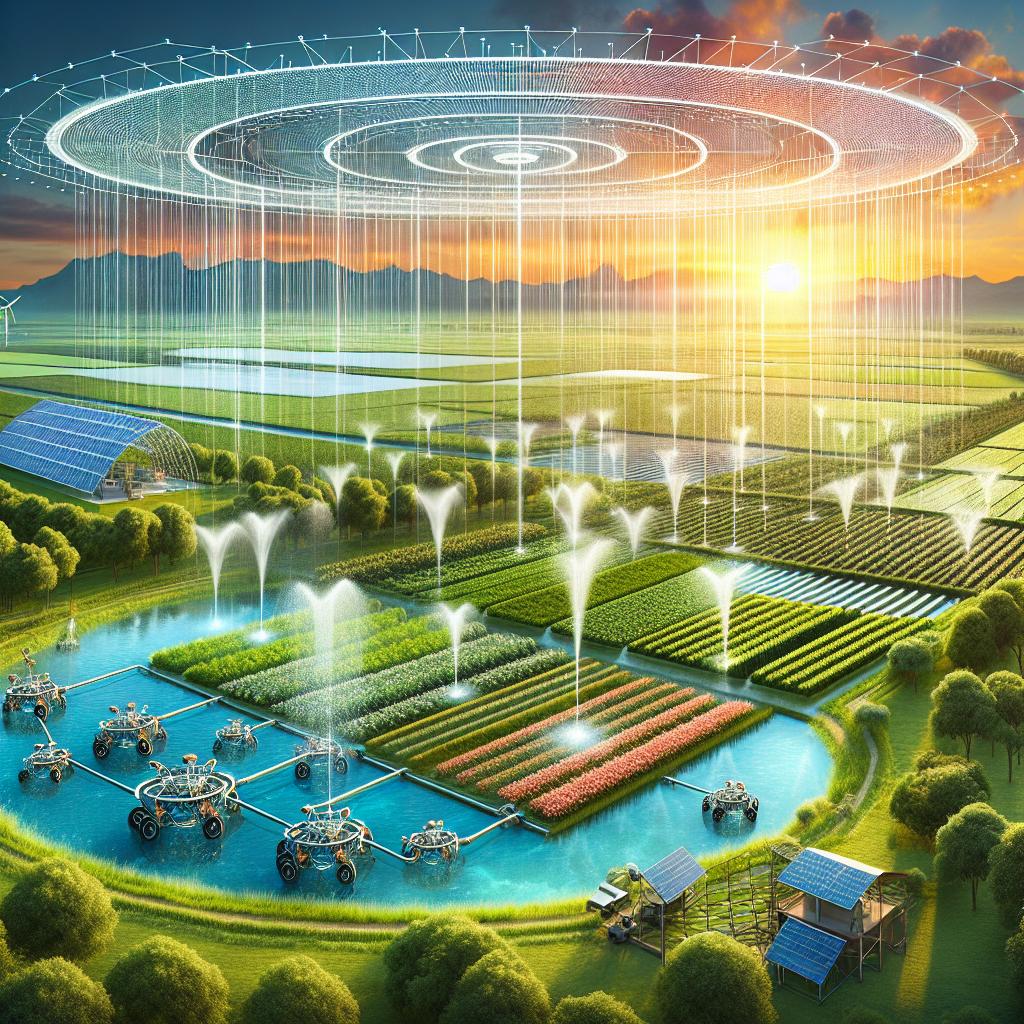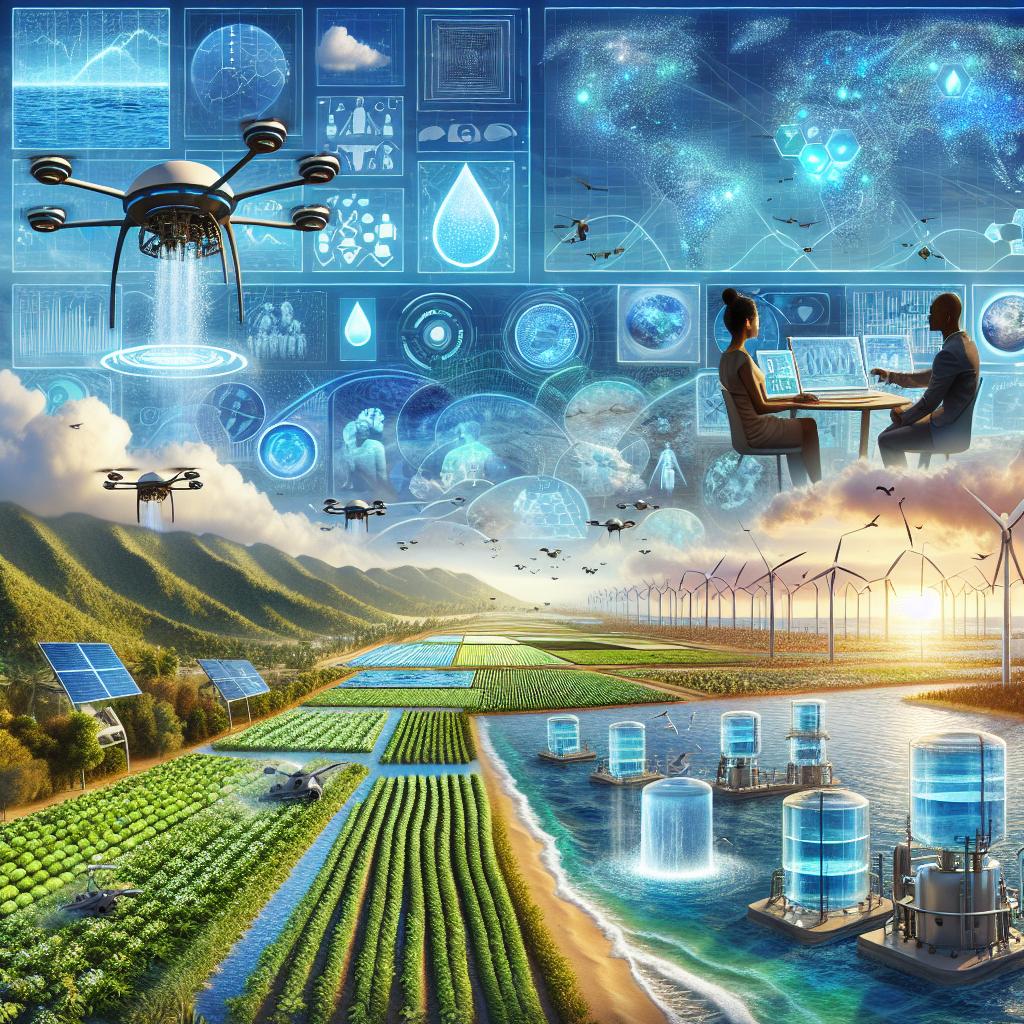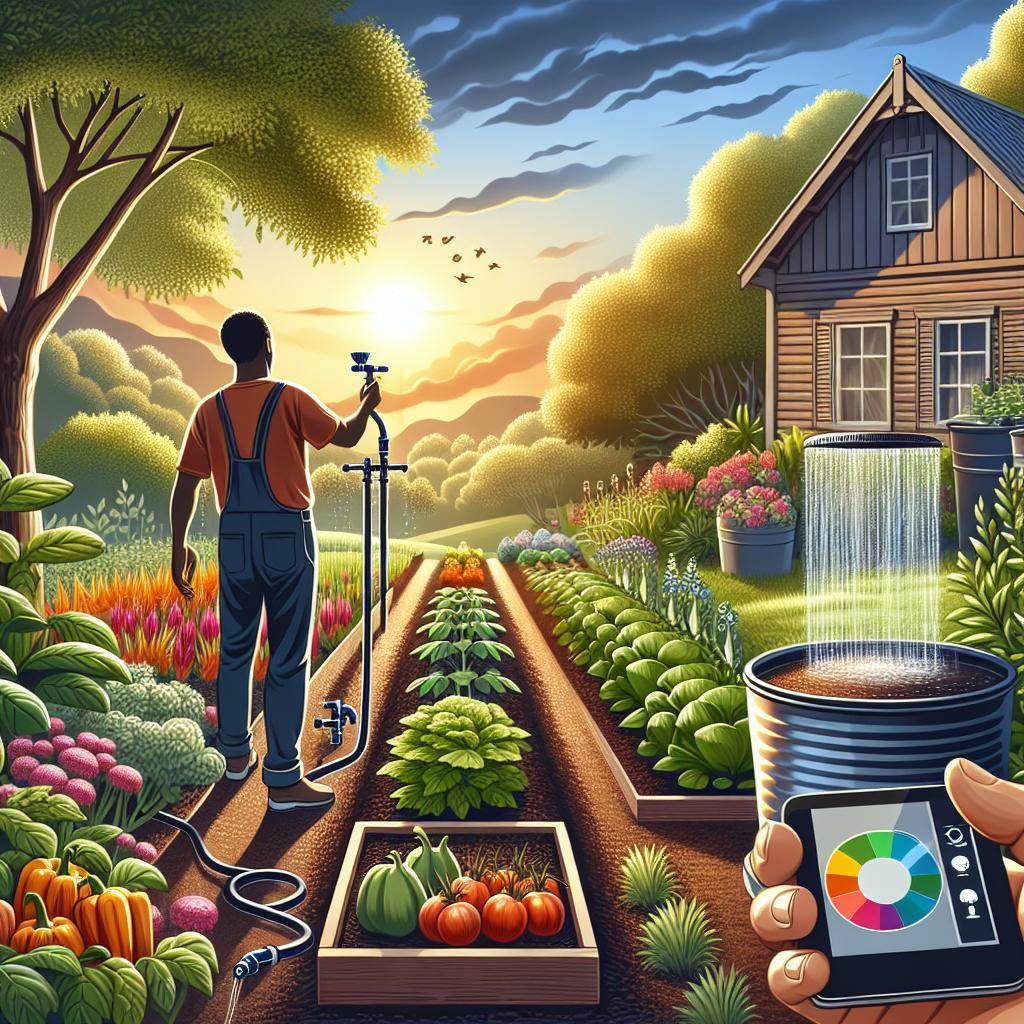This post may contain affiliate links which means I may receive a commission for purchases made through links. Learn more on my Private Policy page.
Title: Splashing into Sustainability: Exploring Water Conservation Techniques for Irrigation Systems
As the sun rises over fields ripe with promise, the life-giving elixir of water flows through a network of irrigation systems, nurturing crops and supporting our agricultural dreams.However,in today’s world—where every drop counts—finding ways to champion water conservation has become more than just a good practice; it’s a vital necessity. welcome to our journey through the fascinating world of water conservation techniques for irrigation systems! Here, we’ll delve into innovative methods that can help farmers and gardeners alike not only maintain vibrant greenery but also honor our planet’s precious resources. Whether you’re a seasoned land steward or an keen novice, join us as we uncover creative solutions to make every bead of moisture count and cultivate a lasting future, one irrigated row at a time.
Understanding the Need for Water Conservation in Agriculture
water is an essential resource in agriculture, serving as the lifeblood for crops and livestock alike. However, with the increasing demands of a growing global population and the undeniable impacts of climate change, the necessity of practicing effective water conservation techniques has never been more critical. Farmers are realizing that the sustainability of thier operations not only depends on the quantity of water but also on innovative management practices that promote efficiency. By embracing methods that minimize waste and enhance water retention, agriculturalists can ensure a stable yield while contributing to environmental conservation.
Several strategies can be implemented to optimize water use in irrigation systems, such as:
- Drip Irrigation: This method delivers water directly to the plant roots, considerably reducing evaporation and runoff.
- Rainwater Harvesting: Capturing and storing rainwater offers an option water source, especially in arid regions.
- Soil Moisture Monitoring: Utilizing sensors to gauge soil moisture levels helps determine the optimal time for irrigation, preventing overwatering.
- Cover Cropping: Planting cover crops can reduce soil erosion and enhance moisture retention in the soil.
To better understand the potential impact of these practices, consider the following table showcasing water savings achieved through different irrigation methods:
| Irrigation Method | Water Usage (liters per hectare) | Water Savings (%) |
|---|---|---|
| Surface Irrigation | 6,000 | – |
| Drip Irrigation | 3,000 | 50% |
| Sprinkler Irrigation | 4,000 | 33% |
| Subsurface Irrigation | 2,500 | 58% |
By implementing such techniques, farmers can play a crucial role in mitigating water-related challenges, promoting sustainable agricultural practices that not only benefit their productivity but also enhance their resilience to changing climate conditions. In this evolving landscape, water conservation in agriculture becomes not just a necessity, but a pathway to a greener future.

Innovative Irrigation Methods for Maximum Efficiency
In the quest for sustainable farming, embracing cutting-edge irrigation techniques has become paramount. Among these, drip irrigation stands out as a revolutionary method that minimizes water waste while delivering moisture directly to the plant roots. This technique not only conserves water but also enhances crop yields by providing a consistent moisture level, essential for the growth of healthy plants. Another innovative approach is smart irrigation systems, which utilize sensors and weather predictions to adjust water delivery based on real-time data. This precision not only ensures optimal watering schedules but also significantly reduces runoff and evaporation.
Moreover, subsurface irrigation has gained popularity for its efficiency in delivering water below the soil surface, reducing evaporation losses and providing plants with access to consistent moisture. Alongside these, the implementation of rainwater harvesting techniques allows for the collection and storage of rainwater, creating a supplemental source for irrigation during dry spells. To visualize the effectiveness of these methods, here’s a comparison of their efficiency:
| Irrigation Method | Water Efficiency (%) | Typical Usage |
|---|---|---|
| Drip Irrigation | 90-95 | Fruits and Vegetables |
| Smart Irrigation | 75-90 | Lawn and Landscaping |
| Subsurface Irrigation | 80-90 | Crops in Arid Regions |
| Rainwater Harvesting | Varies | General Irrigation |

Smart Technology Solutions to Enhance Water Management
In the quest for sustainable agriculture, embracing innovative technologies can significantly transform irrigation practices. Soil moisture sensors are at the forefront of this evolution, offering real-time data to farmers about the hydration needs of their crops. By utilizing these sensors, farmers can optimize watering schedules, ensuring they only irrigate when necessary. This not only conserves water but also enhances crop yield and health. Another transformative solution is the implementation of drip irrigation systems. These systems deliver water directly to the plant’s root zone, minimizing evaporation and runoff, ultimately leading to better water efficiency.
Moreover, integrating smart controllers equipped with weather data analytics allows for precise irrigation timing and quantity adjustments based on current weather conditions. This helps in preventing water wastage during rainy days or unexpected weather shifts. Using cloud-based platforms, farmers can monitor and control irrigation systems remotely, enabling them to make informed decisions even from miles away. By leveraging these groundbreaking tools, we can create intelligent irrigation systems that not only facilitate effective water management but also promote environmental preservation and sustainability in agriculture.

Practical Tips for Implementing water-saving Practices in Your Garden
Implementing water-saving practices in your garden is not only beneficial for the environment but also for your wallet.Start by choosing native plants that thrive in your local climate and require less water to maintain. These resilient species are adapted to your region’s conditions, making them more drought-tolerant and low-maintenance. Additionally, consider grouping plants based on their water needs.This allows for more efficient watering schedules and prevents overwatering for drought-resistant flora. Mulching your garden beds is another effective way to conserve moisture; a good layer of organic mulch can reduce evaporation,keep soil temperatures stable,and suppress weeds.
Another practical tip is to install drip irrigation systems that deliver water directly to the plant’s root zone, significantly reducing waste compared to customary sprinklers. You can also collect rainwater by setting up rain barrels to use for irrigation during dry spells.To ensure that you are only watering when necessary, implement a soaker hose in your garden; this allows for slow and steady water delivery, minimizing runoff.Lastly, pay attention to your watering schedule: early morning or late evening is the best time to water, when evaporation rates are lower. With these tips, you can create a sustainable garden that not only flourishes but also conserves a precious resource.
Concluding Remarks
As we wrap up our journey through the vibrant world of water conservation techniques for irrigation systems, we hope you’re feeling inspired and equipped to make a positive impact in your own garden or agricultural endeavors. Just like a well-tended plant, these strategies flourish when nurtured with understanding and care. Every drop saved is a step toward sustainability, and each small effort contributes to the bigger picture of environmental stewardship.Remember, whether you’re a seasoned gardener or a curious newcomer, implementing these techniques can be as rewarding as watching your plants thrive. So go ahead, experiment with drip irrigation, embrace mulching, or even explore the wonders of rainwater harvesting.Your garden—and the planet—will thank you!
Let’s make every irrigation system a beacon of conservation, turning our love for gardening into a legacy of sustainability. Together, we can cultivate a greener future, one thoughtful watering technique at a time.Until next time,happy gardening,and may your plants grow strong and your efforts yield bountiful results! 🌿💧
This post may contain affiliate links which means I may receive a commission for purchases made through links. Learn more on my Private Policy page.

